Tamarindus indica Taxonomy ID 560 (for references in articles please use NCBItxid560) current nameGRIN (Germplasm Resources Information Network) Tamarindus indica iNaturalist Tamarindus indica IPNI (International Plant Names Index) Tamarindus indica JSTOR Plant Science Tamarindus indica Kew Herbarium catalogue Tamarindus indica Mansfeld World Database of Agricultural and Horticultural Crops Tamarindus indica Plants of the World Online Tamarindus indica Tropicos Tamarindus indica Wikipedia Tamarindus indica · Tamarind, (Tamarindus indica), evergreen tree of the pea family (Fabaceae), native to tropical Africa It is widely cultivated in tropical and subtropical regions for its edible fruit, the sweet and sour pulp of which is extensively used in foods, beverages, and traditional medicines
Tamarindus Indica Tamarind Tree Richard Lyons Nursery Inc
Tamarindus indica benefits
Tamarindus indica benefits-Botanical nameTamarindus indica FamilyCaesalpiniaceae(Gulmohar family) Tamarind is a very common large tree with a short massive trunk, fernypinnate leaves, small yellow flowers and fat reddish brown pods The tree canget 90 ft tall but is usually less than 50 ftARS Germplasm Resources Information Network (TAIN2) Integrated Taxonomic



Tamarind Fruits Tamarindus Indica Stock Photo Edit Now
1 Tamarindus indica Linnaeus, Sp Pl 1 34 1753 酸豆 suan dou Trees, 1015(25) m tall Trunk 3050(90) cm dbh Bark dark ashy, irregularly longitudinally · 1 Introduction Tamarind, Tamarindus indica L, is a multipurpose tropical fruit tree used primarily for its fruits, which are eaten fresh or processed, used as a seasoning or spice, or the fruits and seeds are processed for nonfood usesThe species has a wide geographical istribution in the subtropics and semiarid tropics and is cultivated in numerous regions 1 · The tamarind (Tamarindus indica) tree is native to tropical Africa It was introduced eons ago to India Indians adopted it so well that it became (almost) indigenous to their country The name originates from a Persian word called tamarIhind (which means 'Indian date')
· Tamarindus indica From Wikimedia Commons, the free media repository Jump to navigation Jump to searchTerceiro vídeo de nossa série literati onde aproveitamos toda a planta (Tamarindus Indica) para desenvolver um modelo que seja agradável aos olhos e que sThe influence of Tamarindus indica L fruit extract incorporated in a traditional meal on the bioavailability of Ibuprofen tablets 400 mg dose when given concurrently was studied in 6 healthy human volunteers There was a statistically significant increase in
FabaceaeCaesalpinioideae (Caesalpiniaceae) week Tamarindus indica from IOCL Area Panipat Tamarindus indica from IOCL Area Panipat Roadside planted tree Request for pics of Tamarindus indica Could anyone send me some pics of Tamarindus indica plant, fruit, and seeds and flowers for using in writing of an article of its use as raw material in perfumeryTamarindus indica L – tamarind Subordinate Taxa This plant has no children Legal Status Wetland Status Interpreting Wetland Status Related Links More Accounts and Images;The tamarindus indica are derived from appropriate plants that have been studied and scientifically proven to possess beneficial effects Obtained from highly regulated extraction processes, these tamarindus indica ensure that you'll always enjoy all of their benefits
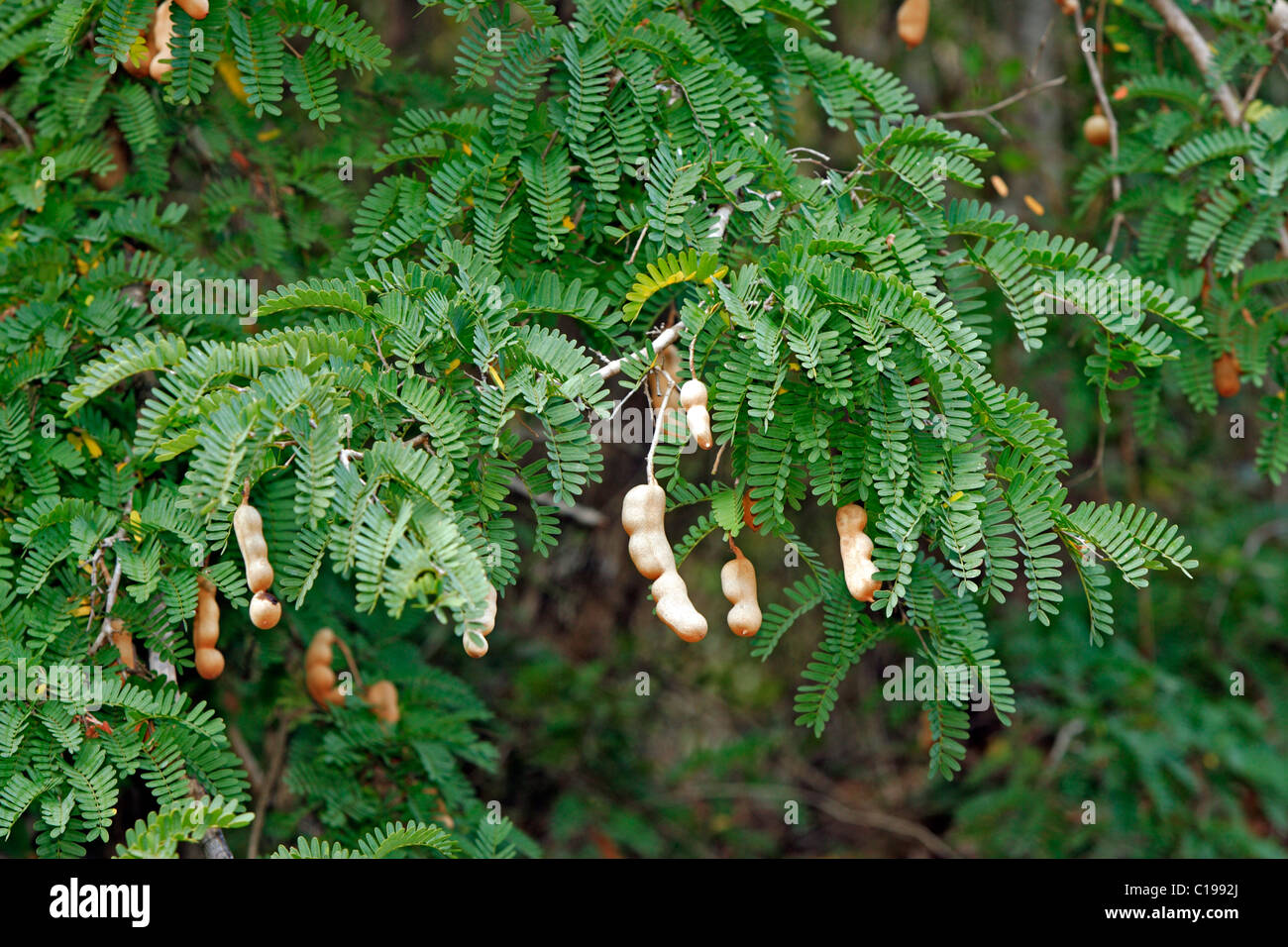


Tamarind Tamarindus Indica Fruit Madagascar Africa Stock Photo Alamy



Tamarindus Indica Bonsai i
Bark, brownishgray and flaked Leaves are evenpinnate, consisting of 10–18 pairs of small leaflets, rather closed together;Petioles and rachis 5–12 cm long;Tamarindus indica (Tamarind) 1 TAMARINDUS INDICA L Botanical origin Tamarindus indica L Family Leguminosae or Fabaceae Urdu name Imli or Imlee English name Tamarind Part used Roots,Trunk ,Flowers ,Pulp of fruit ,Seeds , Leaves 2



Tamarindus Indica Fruit Page 1 Line 17qq Com



Tamarind Tree In Garden Tamarindus Indica Stock Photo Picture And Royalty Free Image Image
Botanical Name Tamarindus Indica Family Name Caesalpiniacae Common Name Tamarind, Tamarindo, Tamarin, Sampalok Part Used Roots, Fruits, Seeds Habitat Throughout india, especially in the south india and often cultivated Product offered Seeds, Fruit, Fruit pulp Uses The seeds are also edible and valuable for human consumption and are commonly sold on localTamarindus indica is propagated at Kew using semiripe apical or internodal cuttings Initially these are placed in a misting unit where there is bottom heat and frequent fogging When rooting has occurred successfully, the plants are potted up into a loambased or organic compostTamarind Tamarindus indica Fig 1 Ripe tamarind, Tamarindus indica Fig 2 Tamarind pod, pulp and seeds Fig 3 Amli leaves Leaves paripinnate up to 15 cm long, rachis slender, channeled, leaflets 10 pairs, subsessile, oblong



Tetul Tamarind Tamarindus Indica


Wfo Taxon Details The William Lynda Steere Herbarium
2874 Tamarindus indica seeds Tamarind, Sampalok A graceful tree with racemes of pealike flowers Tart fruit is preferred by Islanders and sweet fruit is preferred by Asians The pulp within the pods is used to make beverages, curries, chutneys and sauces Also Eaten fresh, in candies and and relishes Ordering seeds info RECOMMENDED SUPPLIES · Fook JMSLL, Macedo LLP, Moura GEDD, Teixeira FM, Oliveira AS, Queiroz AFS, Sales MP (05) A serine proteinase inhibitor isolated from Tamarindus indica seeds and its effects on the release of human neutrophil elastase Life Sci 76(25)21–21 Google Scholar · table 1, Tamarindus indica fruit pulp contain tannins and phenols, as such;



Tamarindus Indica Tree Tamarind Is A Legume Tree Native To Flickr


Tamarindus Indica Tamarind Tree Richard Lyons Nursery Inc
This plant could has a range of uses including antimicrobial appli cations, enriching the taste of certain foodTamarindus is a monotypic genus and belongs to the subfamily Caesalpinioideae of the family Leguminosae (Fabaceae), Tamarindus indica L, commonly known as Tamarind tree is one of the most important multipurpose tropical fruit tree species in the Indian subcontinentTamarind Tamarindus indica Scientific name Tamarindus indica Common name Tamarind, Sampalok, Indian Date Family Caesalpinioideae / Caesalpiniaceae Ethnic names Ambli, Imli, Pul, Tinti, Chinta, Amli Origin Native to tropical Africa The name Tamarind is from the Persian "tamaiHindi" which means Indian Date



Tamarindus Indica Tamarindus Indica L Fabaceae Local Bra Flickr
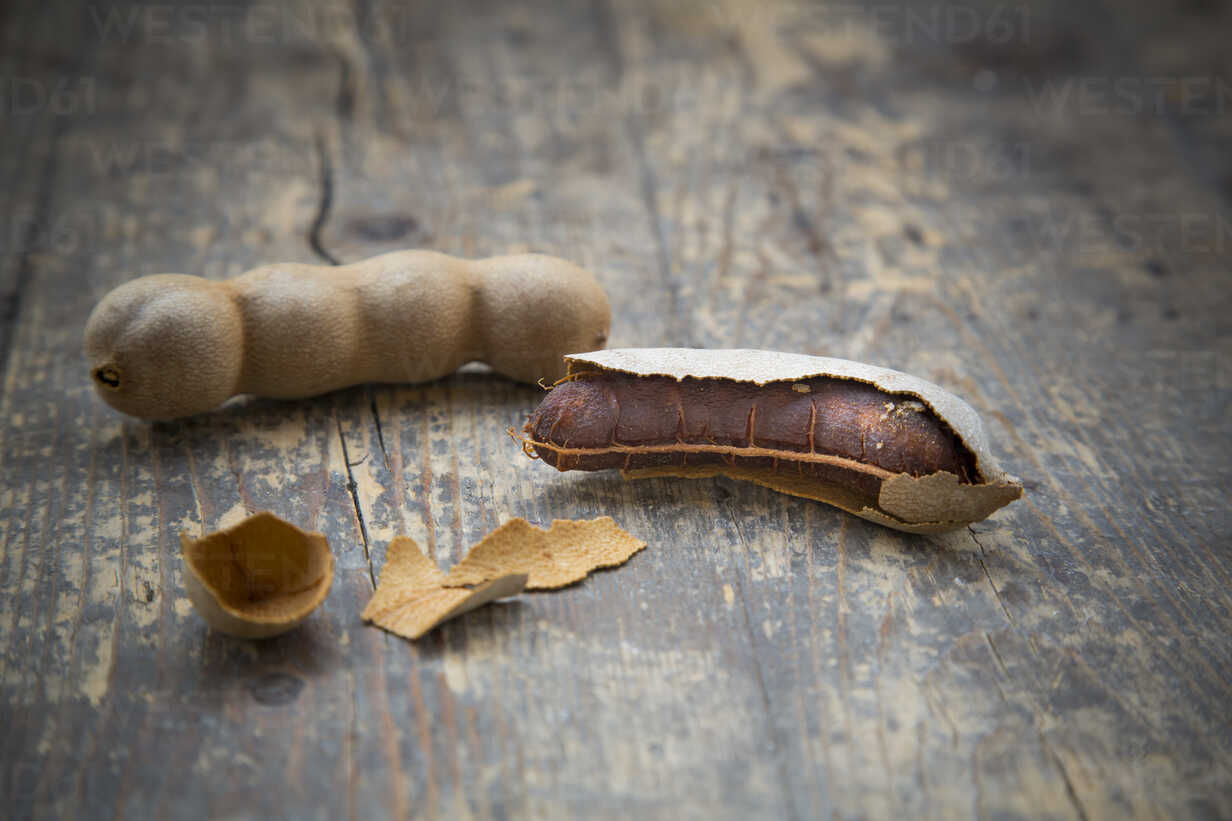


Tamarinds Tamarindus Indica On Wooden Table Lvf Larissa Veronesi Westend61
Tamarind (Tamarindus indica, Fabaceae), a tropical fruit found in Africa and Asia is highly valued for its pulp Tamarind fruit pulp has a sweet acidic taste due to a combination of high contents of tartaric acid and reducing sugars The pulp is used for seasoning, in prepared foods, to flavourLeaflets oblong, 8–30 by 3–9 mm, opposite, pink or reddish when young, membranousCitation TAMARINDUS INDICA Linnaeus, Sp Pl 34 1753 Basionym ** Type Without data (lectotype LINN 492) Lectotypified by Polhill, in C E Jarvis et al



Tamarind Flower Tamarindus Indica



File Tamarindus Indica Blanco1 14 Jpg Wikimedia Commons
Browse pictures and read growth / cultivation information about Tamarindus Species, Indian Date, Tamarind Tree (Tamarindus indica) supplied by member gardeners inOver the years, Tamarindus indica has played fundamental roles in traditional medicine as an antiinflammatory and analgesic drug It is a commercialized biocompatible medicinal plant species with a wide range of therapeutic window and with suggested LD50 greater than 5000 mg kg1 body weight when administered to the Wistar ratsTamarindus indica Tamarind 1 Edward F Gilman, Dennis G Watson, Ryan W Klein, Andrew K Koeser, Deborah R Hilbert, and Drew C McLean2 1 This document is ENH776, one of a series of the Environmental Horticulture Department, UF/IFAS Extension Original publication date November 1993 Revised March 07 and December 18



Characteristics Of Tamarind Tree Tamarindus Indica In The Wild Names Of Trees


Tamarindus Indica In Flora Of Pakistan Efloras Org
· Tamarindus indica General Information Tamarindus indica is a long lived and beautiful fruiting tree, growing up to 30 metres tall with a Known Hazards Botanical References Range Probably originating in tropical Africa, it is now widespread through the tropics and subtropics HabitatTamarindus indica A large tree of the LEGUMINOSAE family, up to 30 meters high, having spreading branches; · For example, Tamarindus indica L, (family Fabaceae) is a common plant of tropical countries with medicinal, commercial and dietary importance The brown sticky pulp of T indica fruit is a very popular culinary additive in many recipes of India due to its sour and sweet taste which is attributed to the high concentration of tartaric acid and reducing sugars 3


Tamarindus Indica Tamarind Tree Fruit Richard Lyons Nursery Inc



Tamarind Tamarindus Indica Feedipedia
Tamarindus indica aka Tamarindo Brown, podded fruit with brittle flaky skin and a deep brownred, sticky pulp that surrounds several hard seeds The pulp has a very unique sweetsourspicy flavor that is extensively used for flavoring Seed Availability Seeds are · Nutritional composition of tamarind (Tamarindus indica L) from the Cerrado of Minas Gerais, Brazil Volume 68 Issue 5 · Tamarindus indica (T indica) is evergreen tree that can reach 24 m height and 7 m girth that has pale yellow and pink flowers 2 It needs dry climate so the region it is commonly seen extends Africa to Senegal in west, Sudan and Ethiopia in east, Mozambique and Madagascar in


Tamarindus Indica Tamarind Tree Flowers5 Richard Lyons Nursery Inc
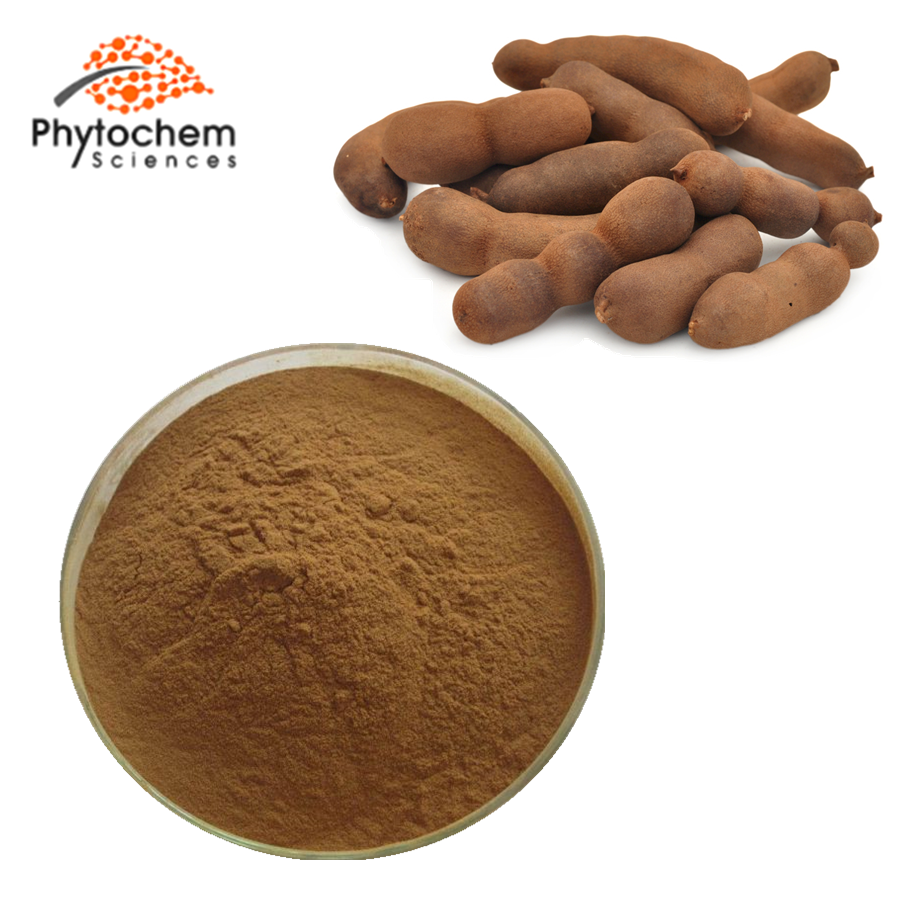


Tamarind Extract Powder Health Benefits For Anti Oxidation
Tamarindus indica L Accepted Name Indian date Plantae > Tracheophyta > Equisetopsida C Agardh > Fabales > Fabaceae > Tamarindus > Tamarindus indica L · Sampalok, tamarindus indica, tamarind Philippine Herbal Medicine An illustrated compilation of Philippine medicinal plants by Dr Godofredo Umali Stuart, with botanical information, chemical properties, folkloric uses and research studies · Tamarindus indica is the rich source of alpha hydroxyl acids (AHA), it is one of most important skin exfoliating agent which remove all the dirt and impurities from your skin It also helps to unclog the skin pores Mix one tablespoon of tamarind pulp, rock salt, and yogurt



Seinet Portal Network Tamarindus Indica



Tamarind Tamarindus Indica Tamarind Tamarind Plant Banana Plants
Tamarindus indica is a large perennial tree often cultivated as ornamental and shade tree, for its valued timber and for its edible fruits Because of the tamarind's many uses, cultivation has spread around the world, mostly in tropical and subtropical zonesThe tamarind (Tamarindus indica L) is a usually evergreen legume tree It grows slowly, up to 2530 m high, and can live as long as 0 years Leaves are compound, divided in 1018 opposite and oblong leaflets Orangeyellow or pinkish flowers are grouped in racemes Fruits occur 7/07/16 · Tamarind is a hardwood tree known scientifically as Tamarindus indica It's native to Africa but also grows in India, Pakistan and many other tropical regions



Tamarindus Indica Pollarded For Forage Tamarind Is A Legum Flickr



300 Years Old Tamarind Tamarindus Indica Tree In Wadi D Flickr
Lawn, Landscape & Garden Design Lawn & Turf Topics;Tamarindus indica L, commonly known as the tamarind tree, is one of the most important leguminous tree species This chapter describes the origin,Tamarindus indica Fabaceae Caesalpinioideae L tamarind ECOLOGY T indica grows well over a wide range of soil and climatic conditions, occurring in lowaltitude woodland, savannah and bush, often associated with termite mounds It prefers semiarid areas and wooded grassland, and can also be found growing along stream and riverbanks



Tamarind Fruits Tamarindus Indica Stock Photo Edit Now



Tamarindus Indica The Seedy Business



Tamarind Tree Seeds Tamarindus Indica



Tamarind Tree Tamarindus Indica Fruit Sour Medicinal Free Image From Needpix Com



Seeds Of Tamarindus Indica Indian Tamerint Tamarind Tree Seeds For Sowing Sold By Hoxem On Storenvy


Tamarindus Indica Kalaupapa Hnp Herbarium Voucher Kala



Tamarindus Indica L Species India Biodiversity Portal
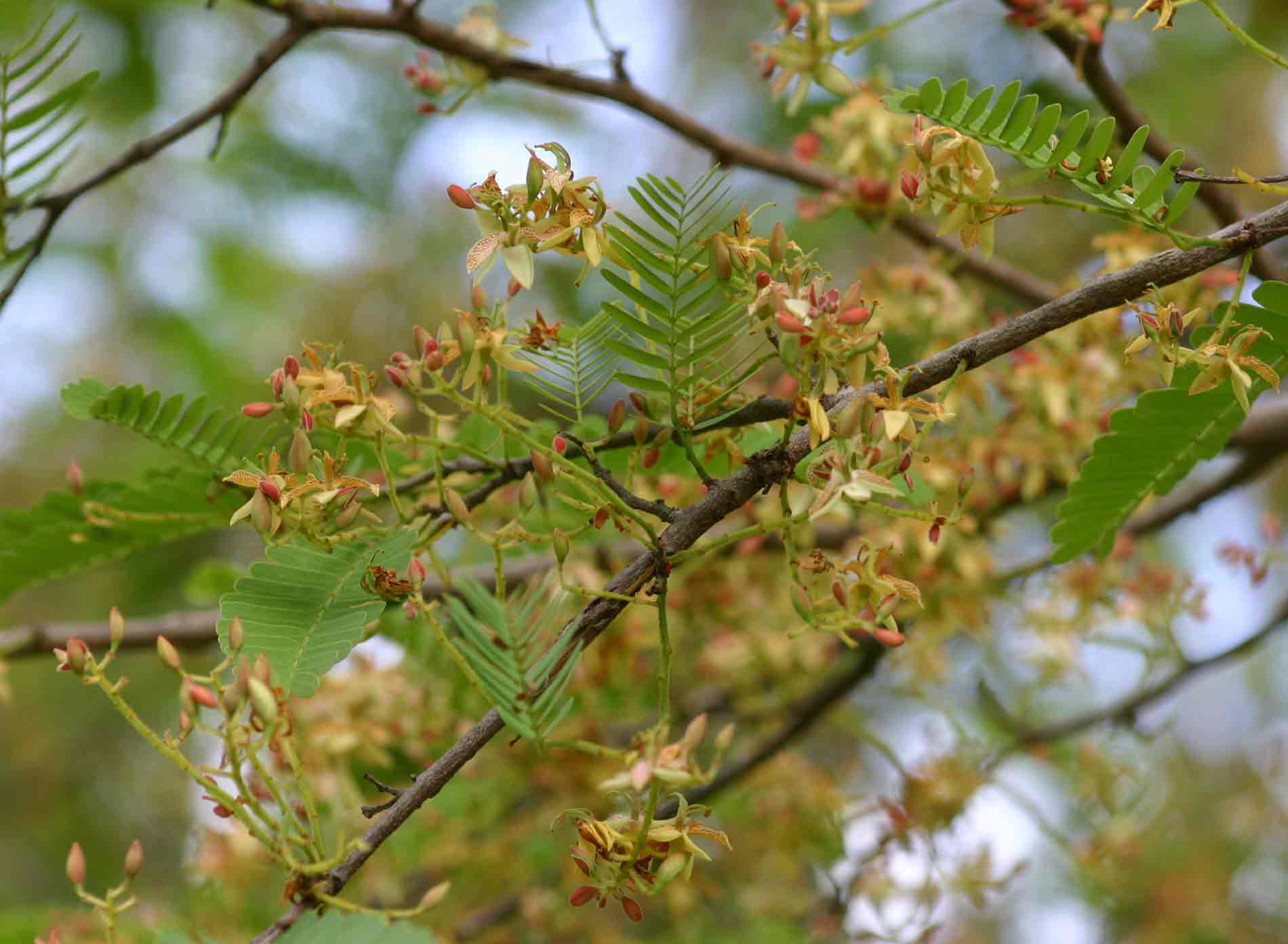


Flora Of Mozambique Species Information Individual Images Tamarindus Indica
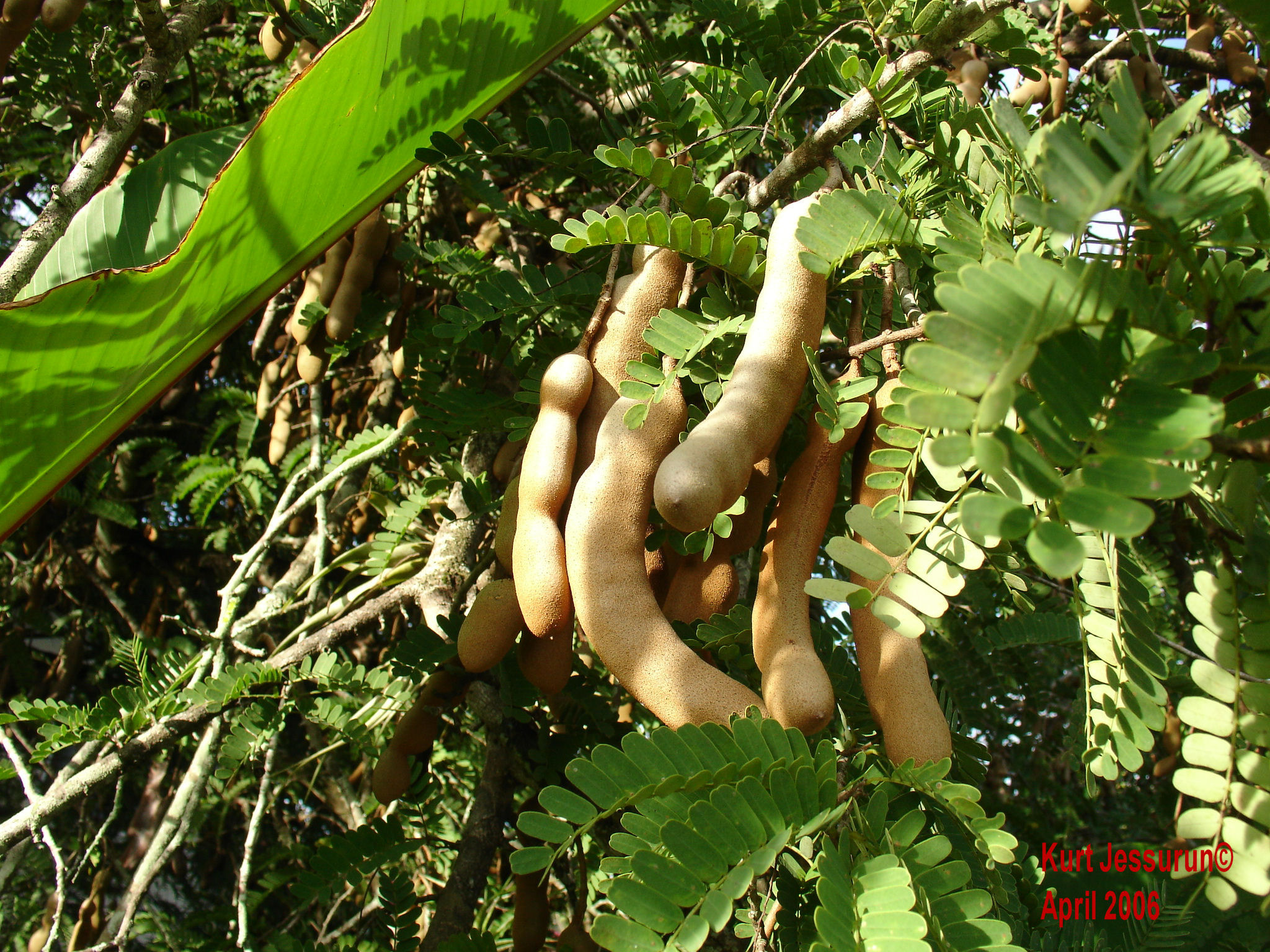


Tamarindus Indica Tamarind


File Tamarindus Indica Ditsl 2 Jpg Wikimedia Commons



Oxford University Plants 400 Tamarindus Indica



Tamarindus Indica The Tamarind Tree 10 Fresh Seeds Etsy In 21 Tamarind Tropical Africa Seeds



Tamarind Indica Powder Tamarindus Indica Herbal Capsule



Flowering Tamarind Bonsai Tree Tamarindus Indica
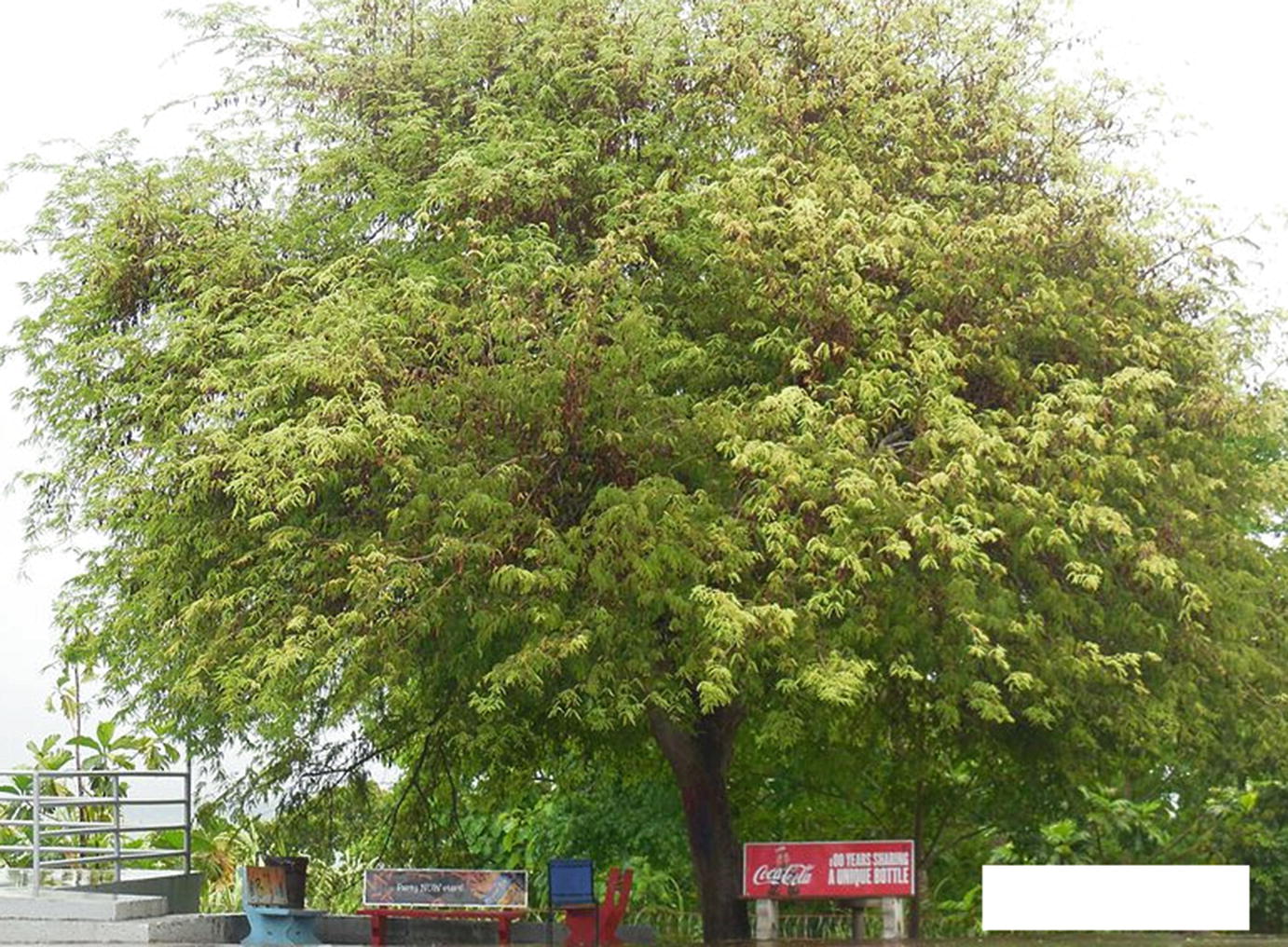


Tamarindus Indica Phytochemical Constituents Bioactive Compounds And Traditional And Medicinal Uses Springerlink



Amazon Com Tamarind Tamarindus Indica 15 Seeds Usa Shipping Tree Plants Garden Outdoor



Tamarindus Indica Tamarind Sampalok Flora Toskana



Science Source Stock Photos Video Tamarind Tamarindus Indica



Antique Print Tamarindus Indica Tamarind Tree Chomel 1800 Pictura Antique Prints
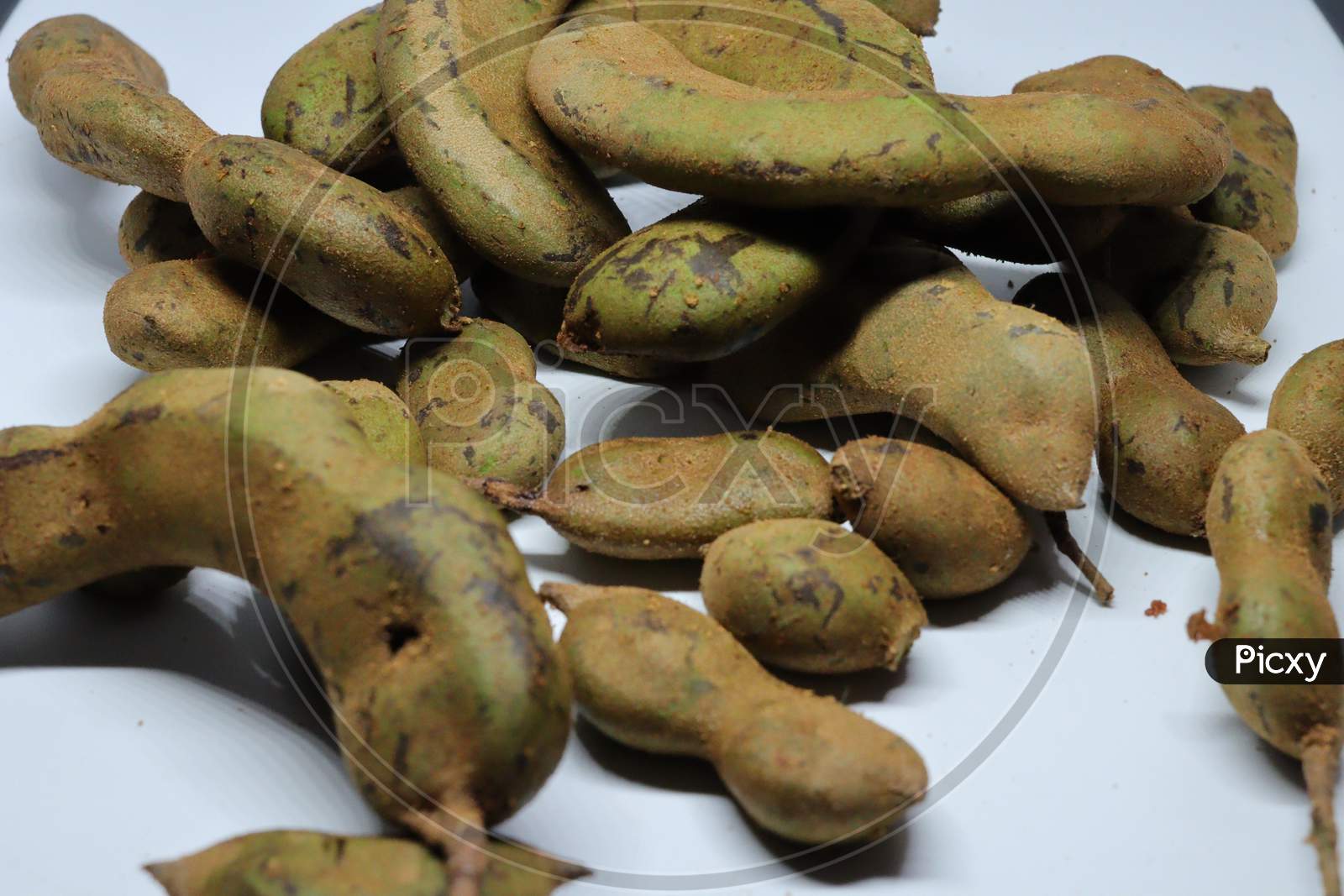


Image Of Fresh Young Green Tamarind Tamarindus Indica Isolated On White Background Uo Picxy



Sweet Sour Tamarind Tamarindus Indica Seeds Fair Dinkum Seeds
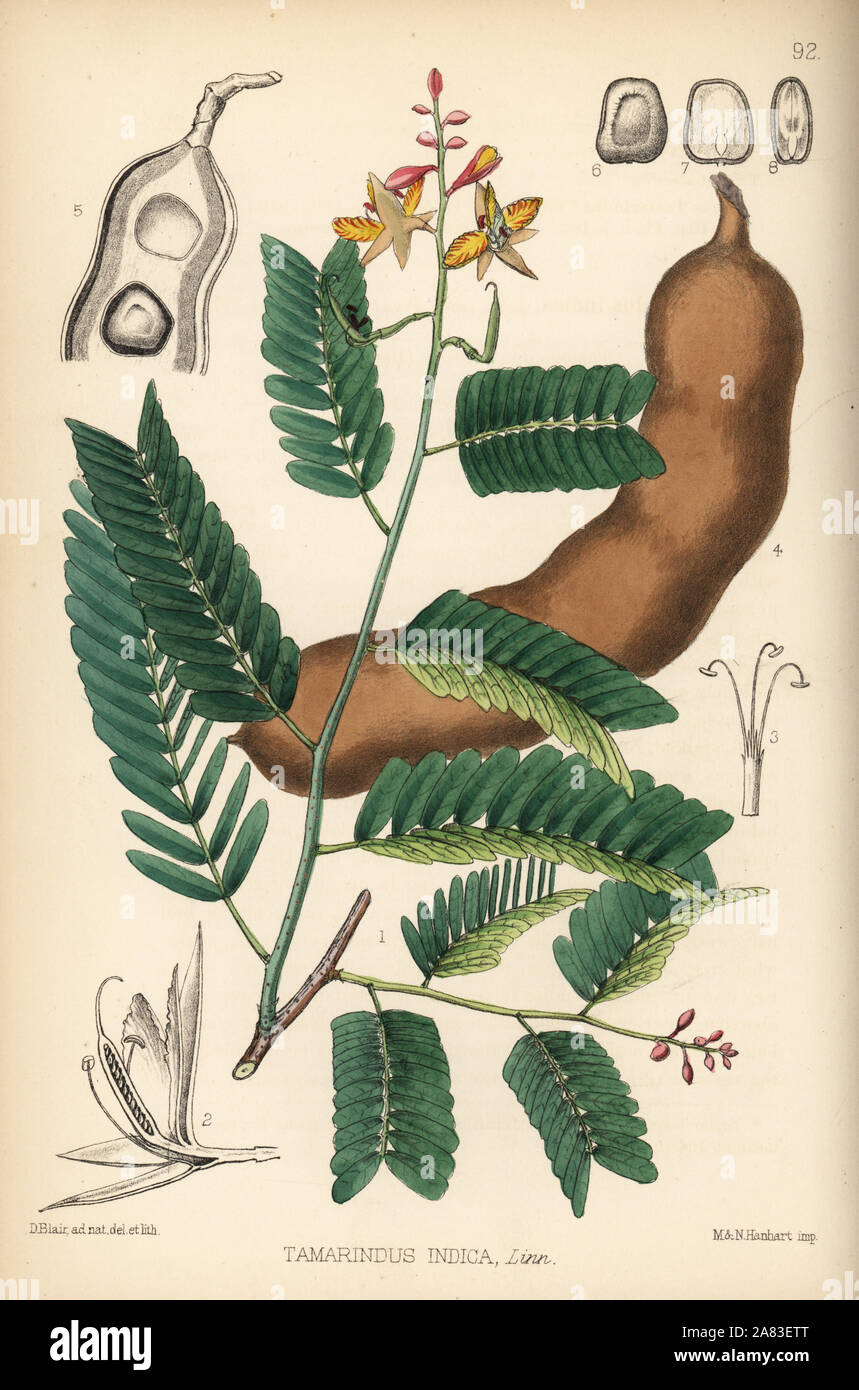


Tamarind Tamarindus Indica Handcoloured Lithograph By Hanhart After A Botanical Illustration By David Blair From Robert Bentley And Henry Trimen S Medicinal Plants London 10 Stock Photo Alamy



Tamarindus Indica Or Tamarind Tree شجرة التمر الهندي Buy Online Green Souq Uae



Tamarind Tree In Garden Tamarindus Indica Tree Stock Photo Picture And Royalty Free Image Image
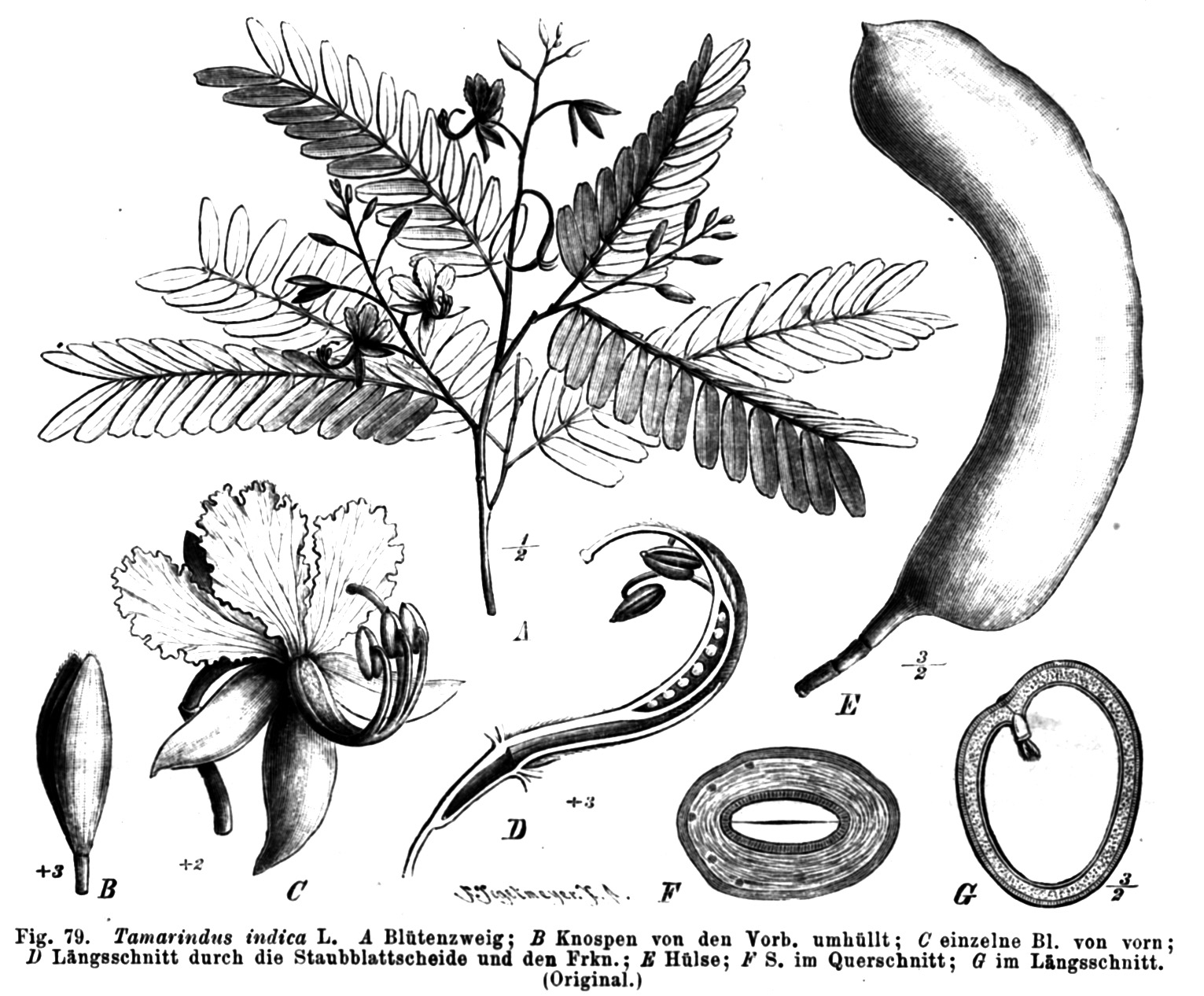


File Tamarindus Indica Taub79 Png Wikimedia Commons
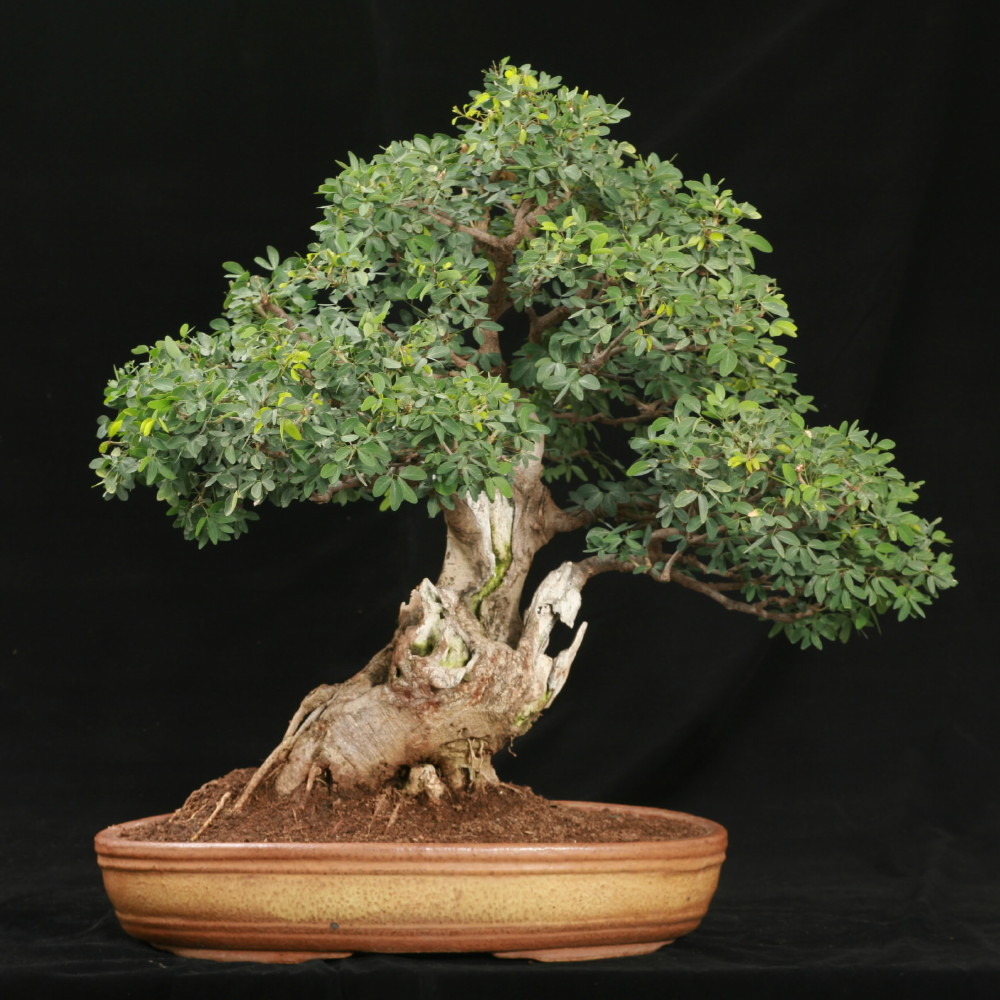


Tamarind Tree 10 Seeds Seed Bonsai Tamarindus Indica Hirt S Gardens



Tamarind Tamarindus Indica L Garden Stock Photo Edit Now



Tamarind Tamarindus Indica Ii By Salix Cortex On Deviantart



Tamarind Tree In Garden Tamarindus Indica Tree Stock Photo Picture And Royalty Free Image Image
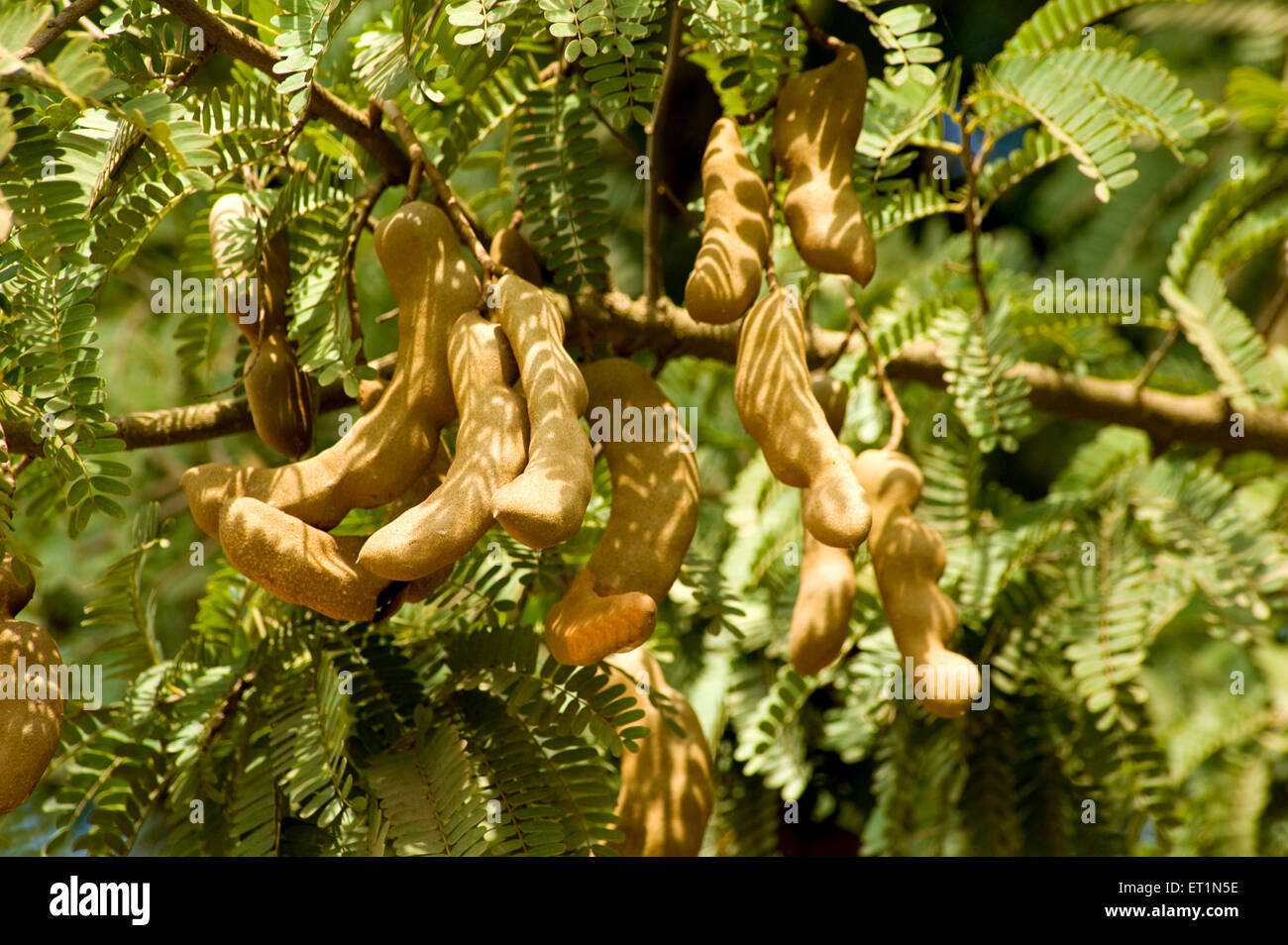


Tamarindus Indica High Resolution Stock Photography And Images Alamy


Tamarindus Indica L Plants Of The World Online Kew Science
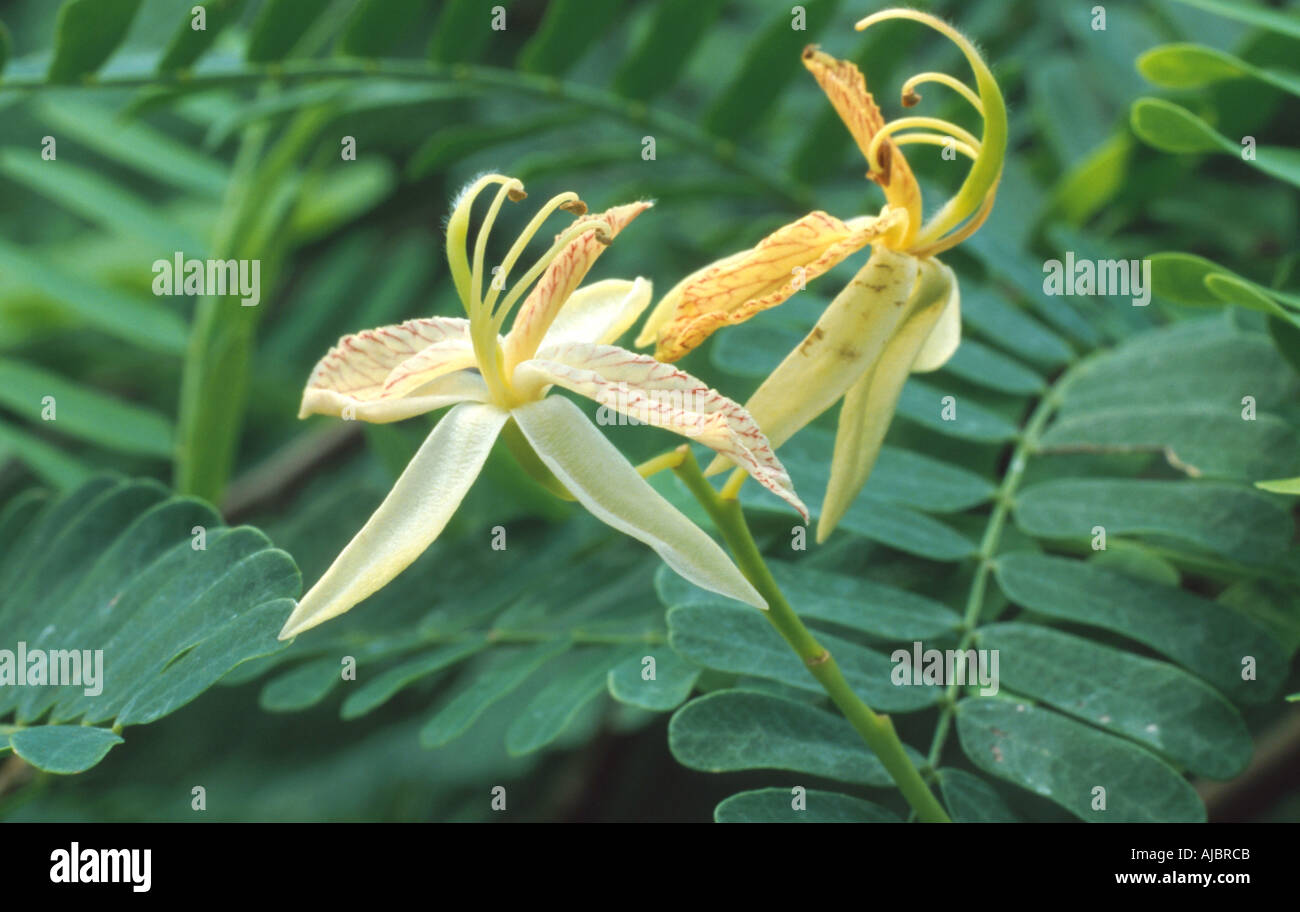


Tamarind Tamarindus Indica Flowers Stock Photo Alamy



Wifndtu 10pcs Finest Organic Tamarindus Indica Seeds Delicious Tropical Fruit Garden Yard Plant Making It An For Gardeners Tamarindus Indica Seeds Buy Online In Aruba At Aruba Desertcart Com Productid
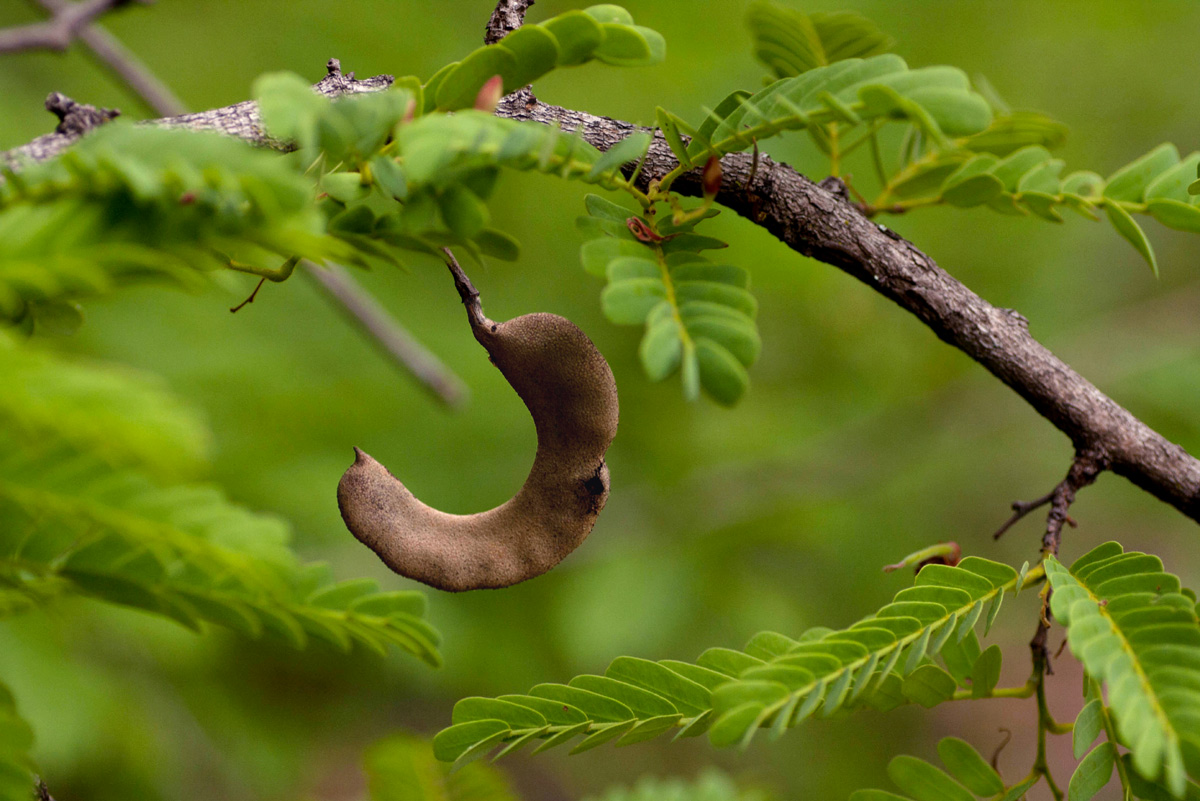


Flora Of Mozambique Species Information Individual Images Tamarindus Indica


Wfo Taxon Details The William Lynda Steere Herbarium



Tamarind Tamarindus Indica Feedipedia



Tamarind Tamarindus Indica For Sale Greenss Shop Orchards Online Worldwide Shippings



Amazon Com 10 Seeds Tamarindus Indica Tamarind Tree Orchid Like Flowers Container Or Standard Bonsai Gardening Butterflies And Hummingbirds Love Garden Outdoor



Tamarind Tamarindus Indica Stock Photo


Tamarindus Indica L Plants Of The World Online Kew Science


Italiano Tamarindus Indica Sistematica Etimologia Habitat Coltivazione
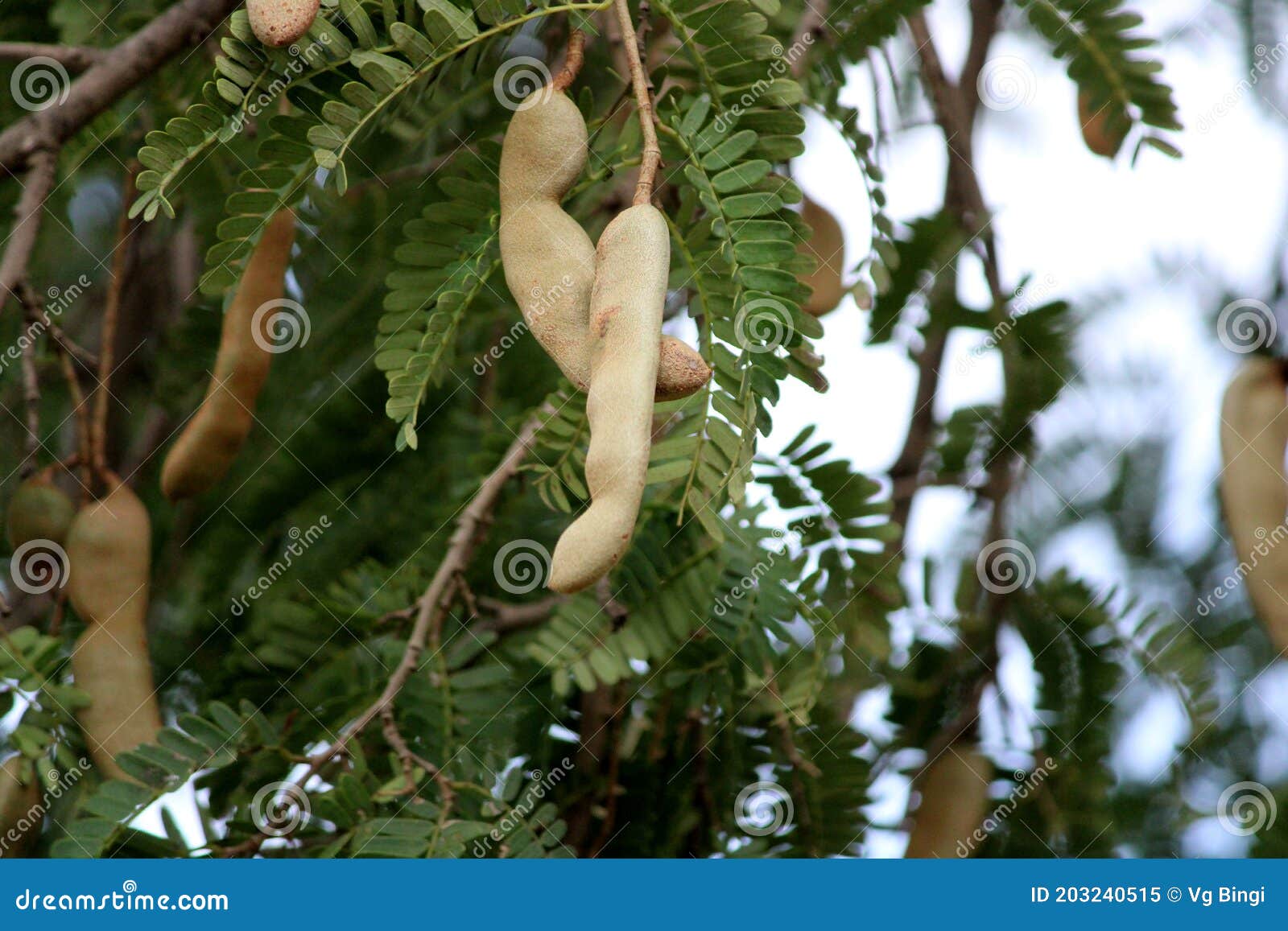


Closeup View Of Tamarind Tamarindus Indica Stock Image Image Of Indica Fruit
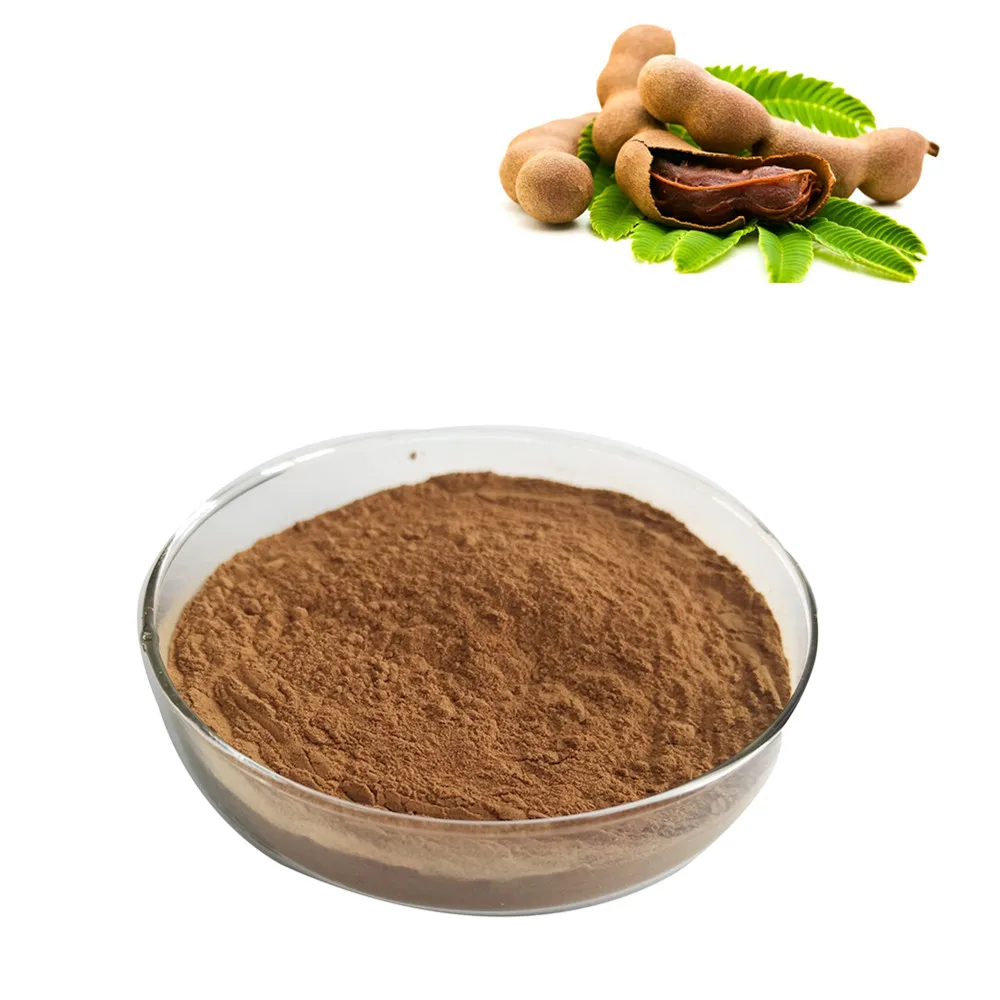


Pure Natural Tamarindus Indica Extract Buy Tamarindus Indica Extract Tamarindus Indica Extract Natural Tamarindus Indica Extract Product On Alibaba Com



Tamarindus Indica Tamarind Tree 10 Seeds Buyrareseeds
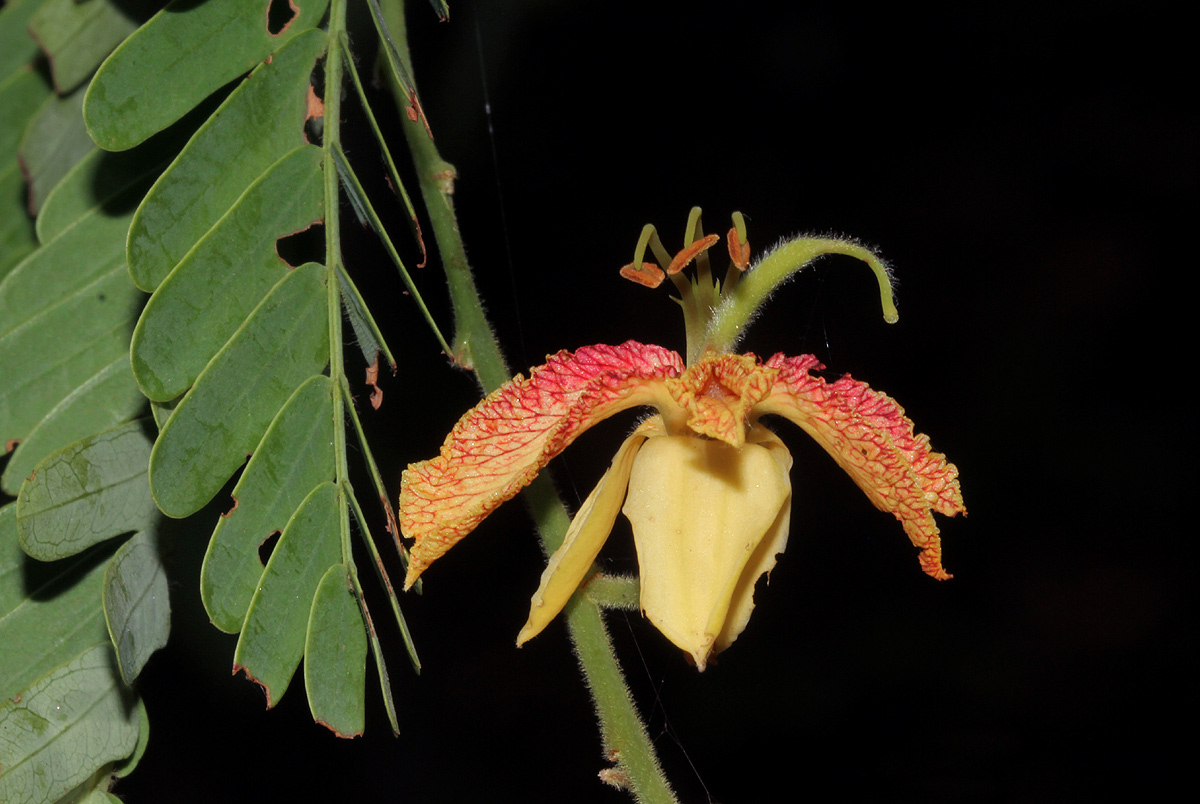


Flora Of Zambia Species Information Individual Images Tamarindus Indica


Tamarindus Indica Images Useful Tropical Plants



Image Of Fresh Young Green Tamarind Tamarindus Indica Isolated On White Background Cq Picxy



Tamarindus Indica Flower Stock Photo Image By C Noppharat Th



Tamarindus Indica Tamarind Fruit Pods Growing On A Tree Stock Photo Alamy



Tamarindus Indica Fruit Stock Photo Download Image Now Istock


Tamarind Tamarindus Indica American Forests
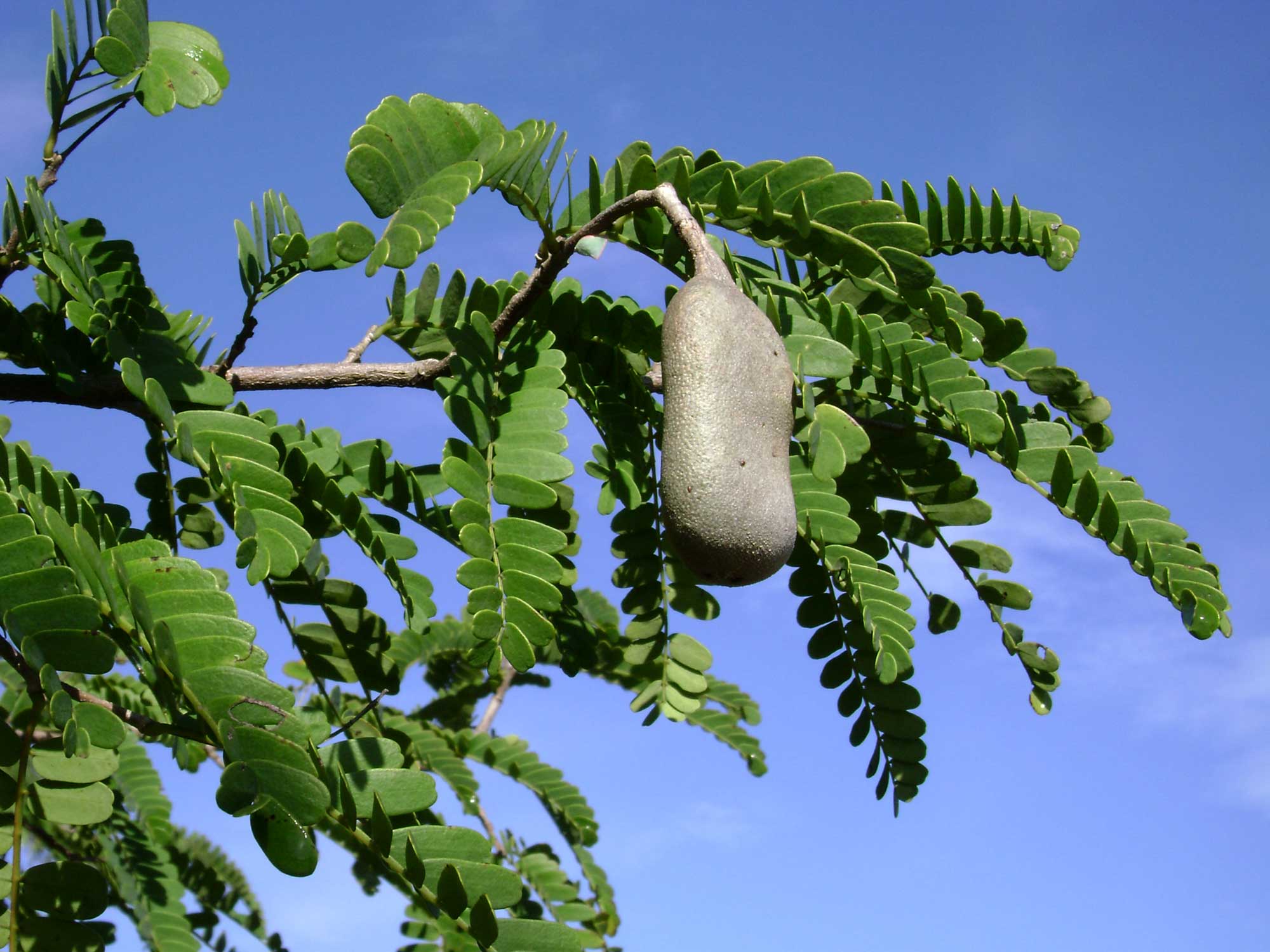


Tamarindus Indica Wikispecies



Tamarindus Indica 10 100 Seeds Tamarind Fruit Ornamental Tree Edible The Plant Attraction



Tamarind Tree In Garden Tamarindus Indica Stock Photo Picture And Royalty Free Image Image



Tamarind Seeds Tamarindus Indica Free Bonus 6 Variety Seed Pack Frozen Seed Capsules



Tamarindus Indica Fruit Stock Photo Download Image Now Istock



Tamarind Tamarindus Indica Illustration From Medical Botany 16 By John Stephenson And James Morss Churchill Free Illustrations Tamarind Drawing Tamarind



Huge Tamarind Tree Tamarindus Indica In Flower Stock Photo Image By C Shers
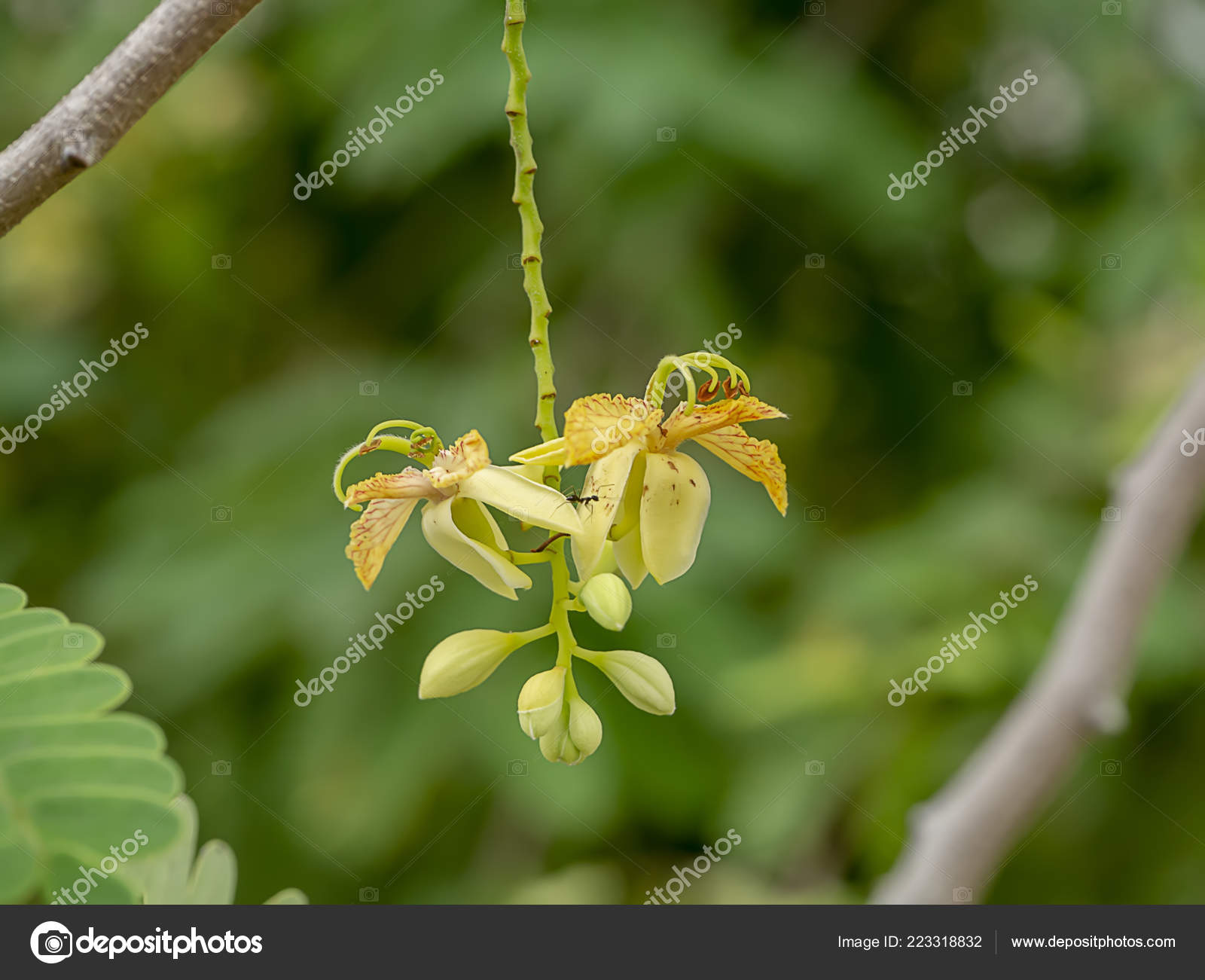


Close Tamarind Flower Tamarindus Indica Stock Photo Image By C Noppharat Th



Tamarindus Indica Increasing Usage In Manufacturing Industries Youtube



Closeup View Tamarind Image Photo Free Trial Bigstock



Fresh Green Tamarindus Image Photo Free Trial Bigstock



Photo Tamarindus Indica Z Fabaceae Others Album Nora Goosen
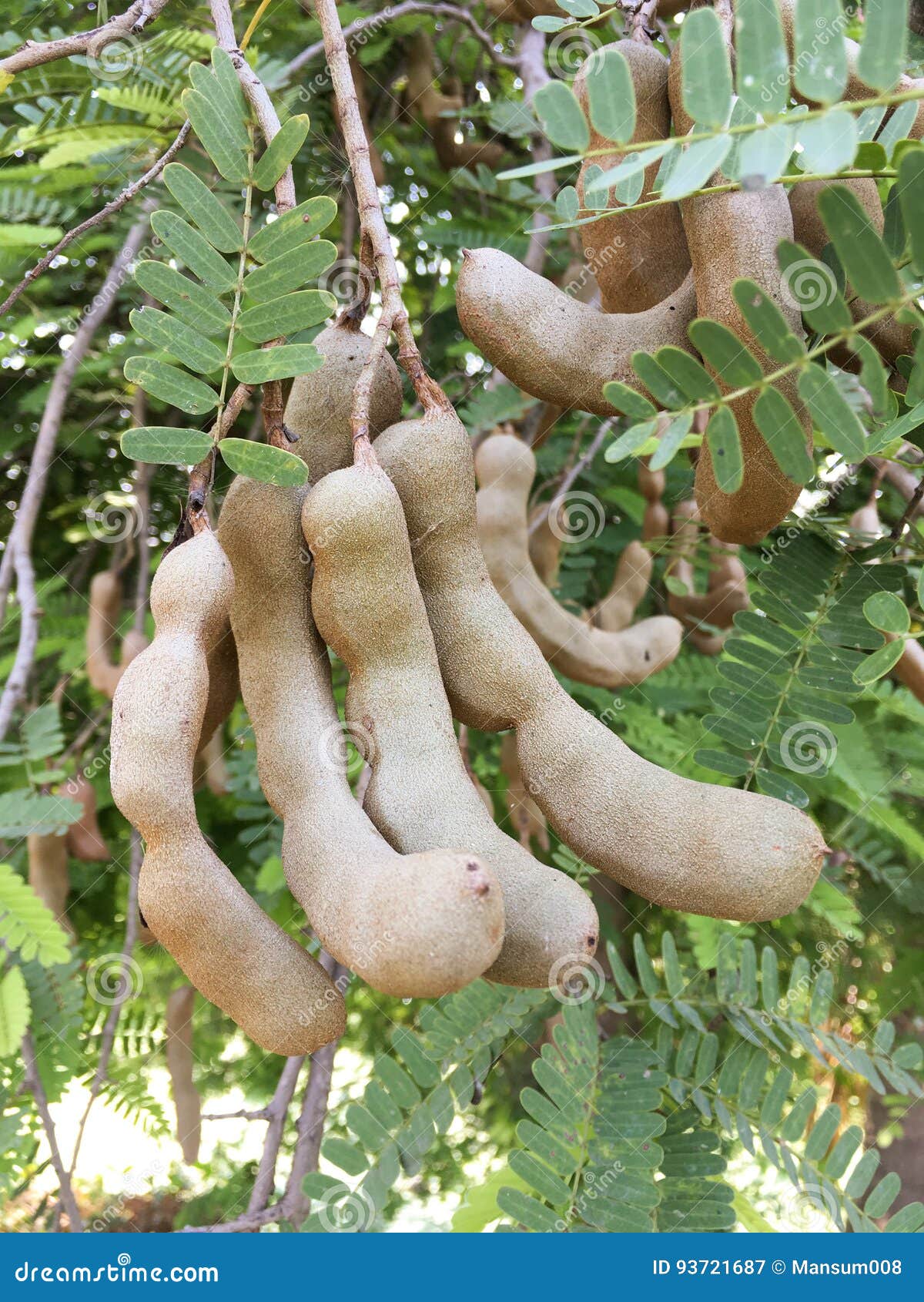


Tamarindus Indica Fruit Stock Image Image Of Nature



Tamarindus Indica Acacia Llc
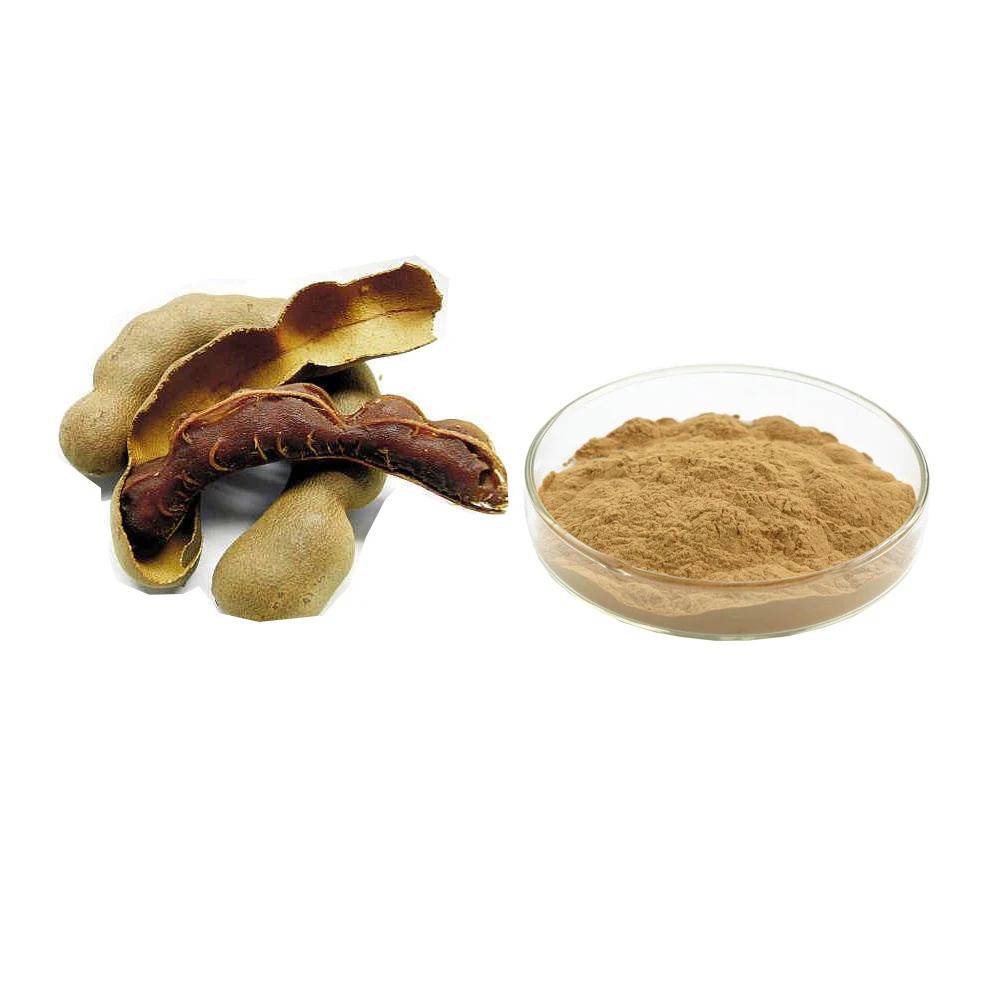


Natural Tamarind Fruit Extract Powder Tamarindus Indica Extract 5 1 10 1 1 Buy Tamarind Fruit Extract Tamarind Extract Tamarind Fruit Extract Powder Product On Alibaba Com



Tamarind Tree Tamarindus Indica Tropical Tree In The Northeast Stock Photo Picture And Royalty Free Image Image


Tamarind Wikipedia
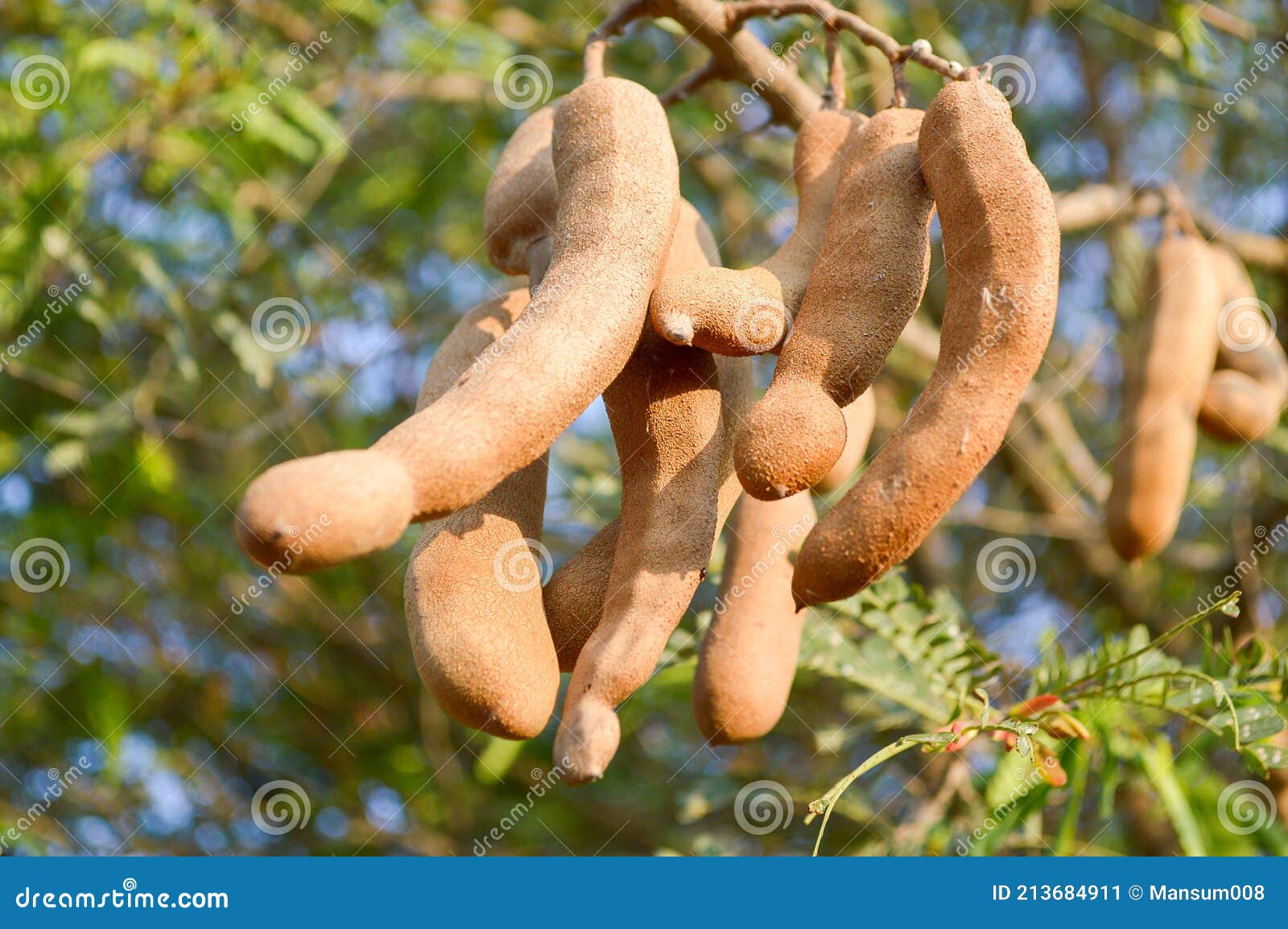


1 157 Tamarindus Indica Photos Free Royalty Free Stock Photos From Dreamstime


Tamarind Tamarindus Indica Fruit Extract Bio Botanica



Tamarind Tree In Garden Tamarindus Indica Stock Photo Picture And Royalty Free Image Image
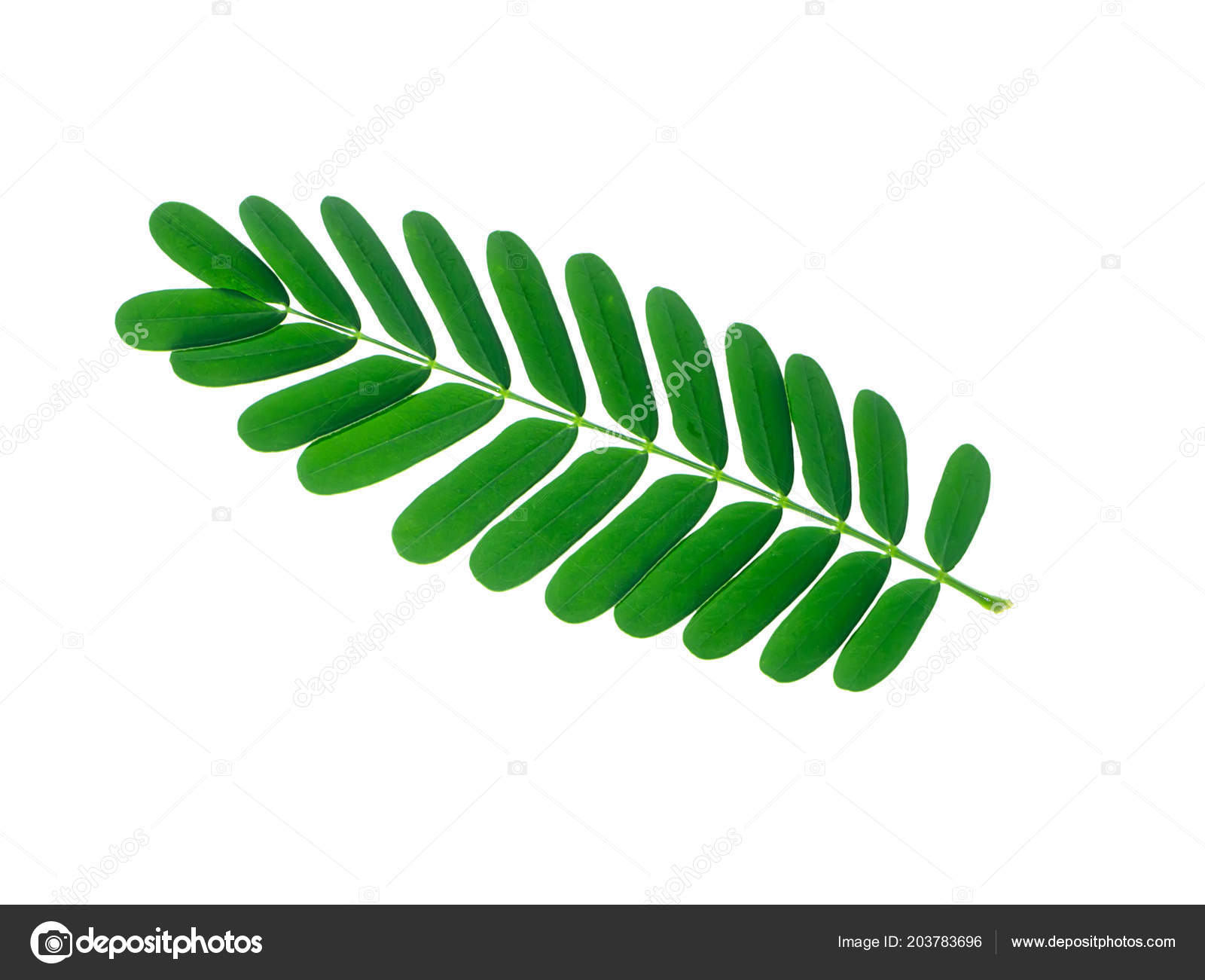


Tamarind Leaves White Background Tamarindus Indica Stock Photo Image By C Noppharat Th



Tetul Tamarind Tamarindus Indica


Tamarindus Indica Images Useful Tropical Plants



Tamarind Fruit Tree Sow Exotic


Tamarindus Indica Fabaceae Image At Phytoimages Siu Edu



Tamarind Tamarindus Indica Stock Photo Download Image Now Istock



Tamarind Tamarindus Indica Medicinal Plant Vector Image



0 件のコメント:
コメントを投稿